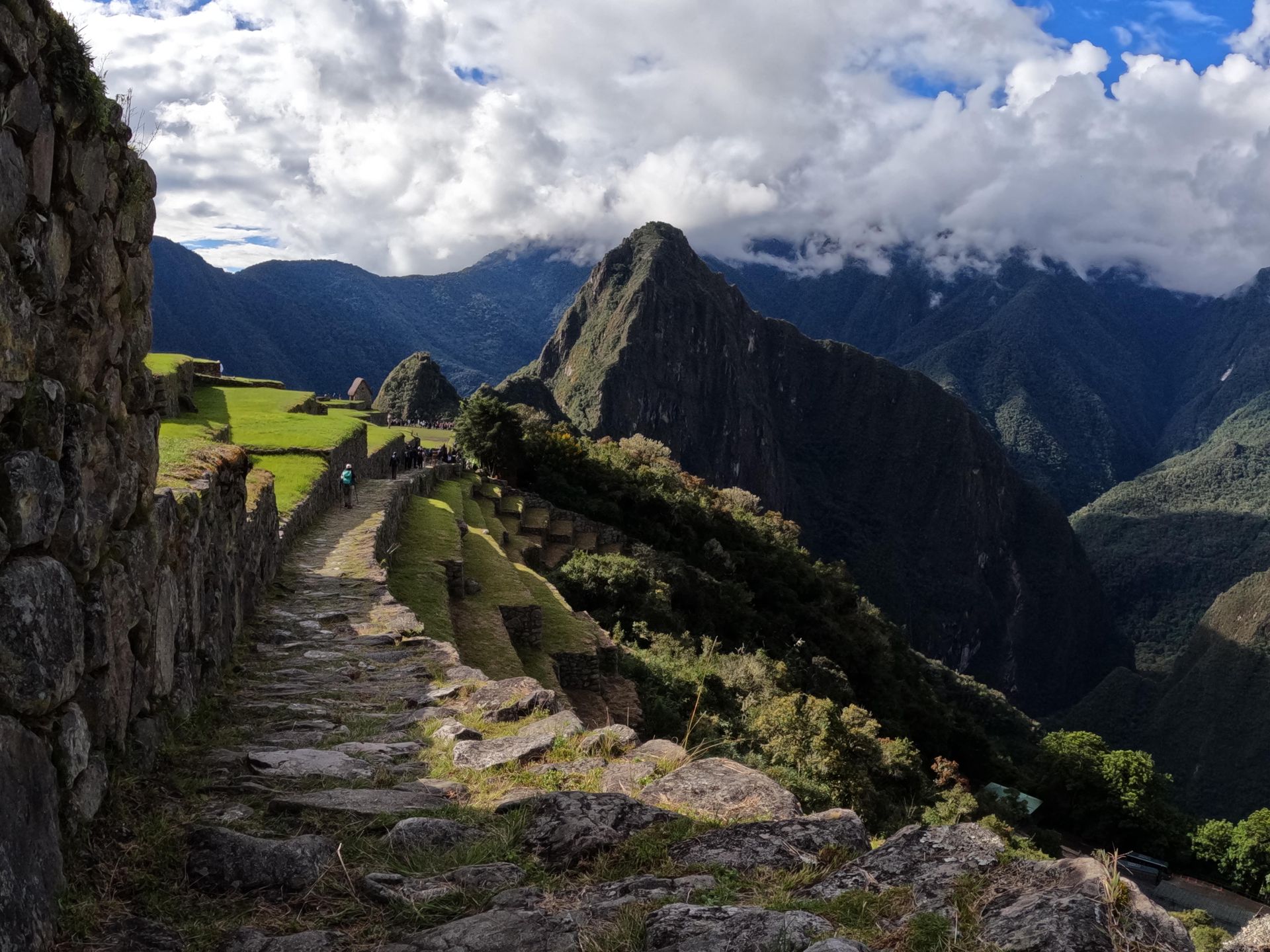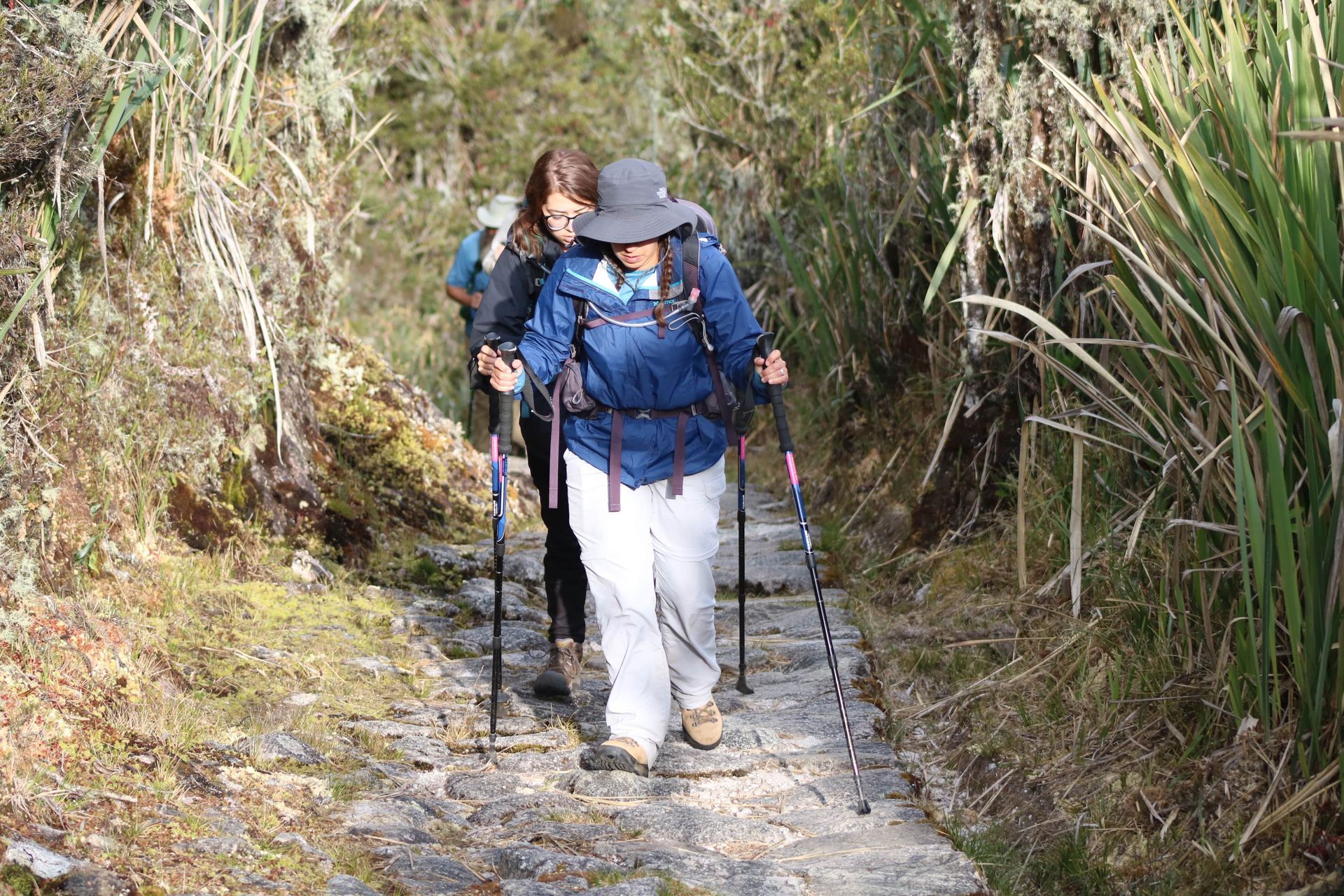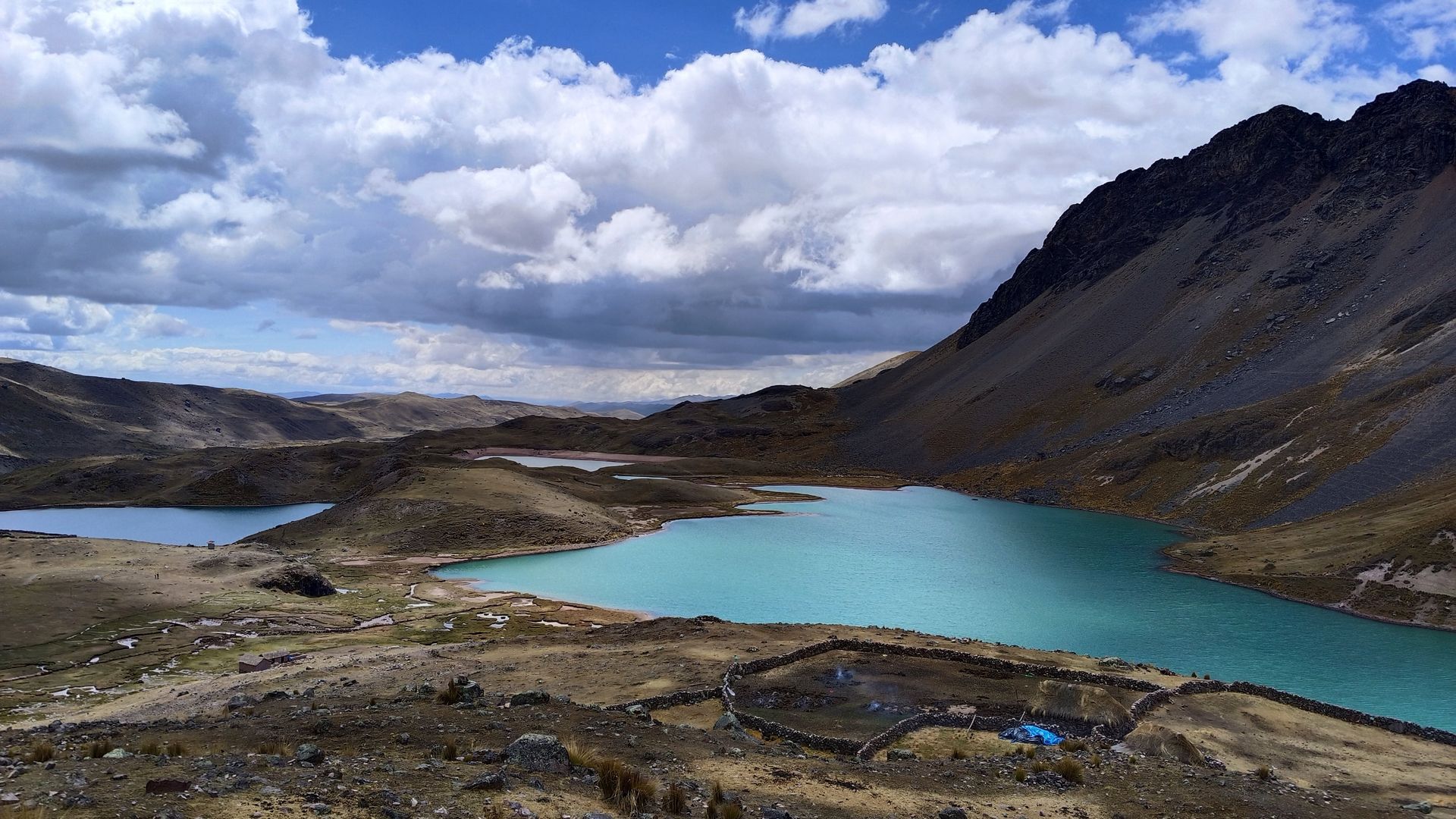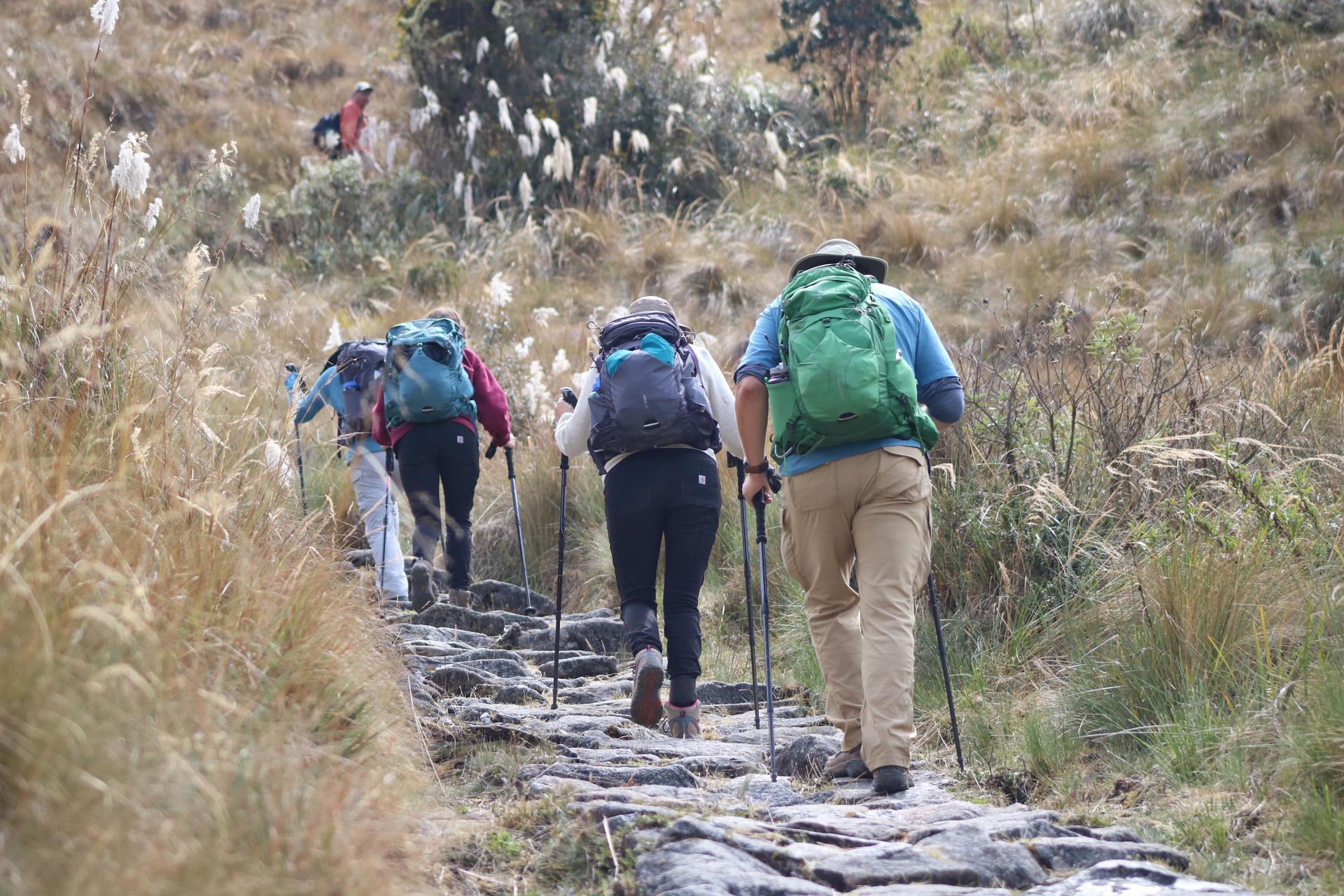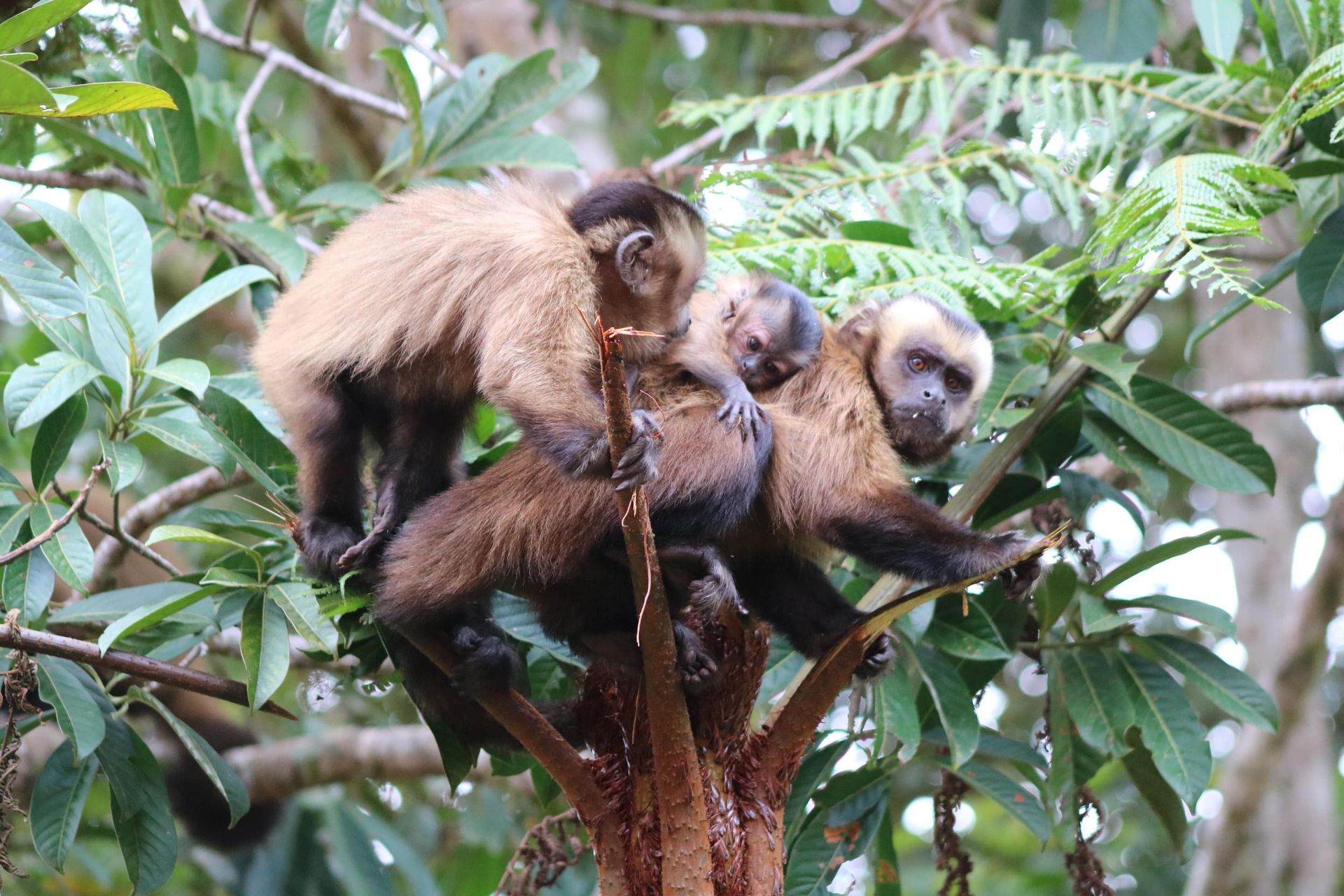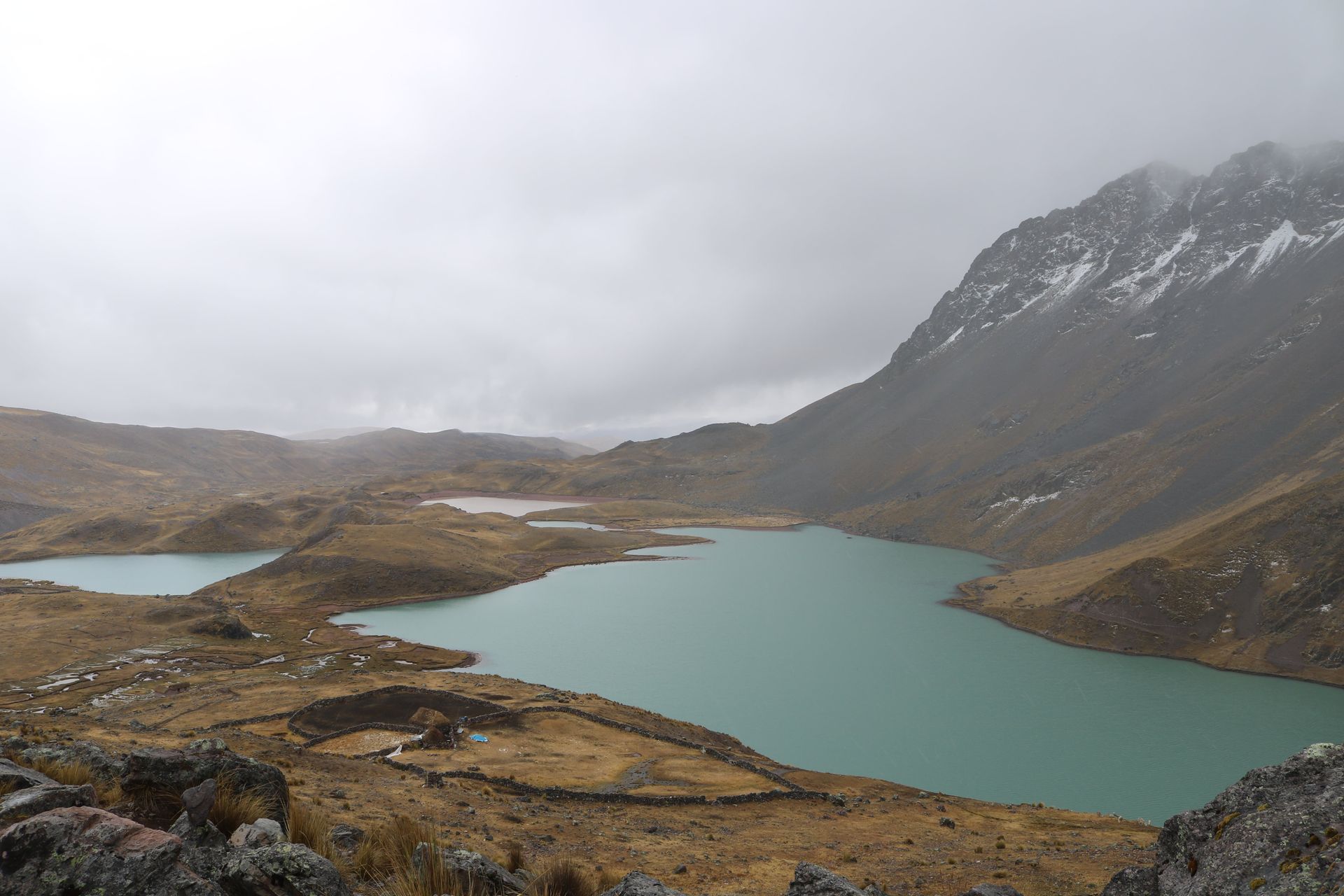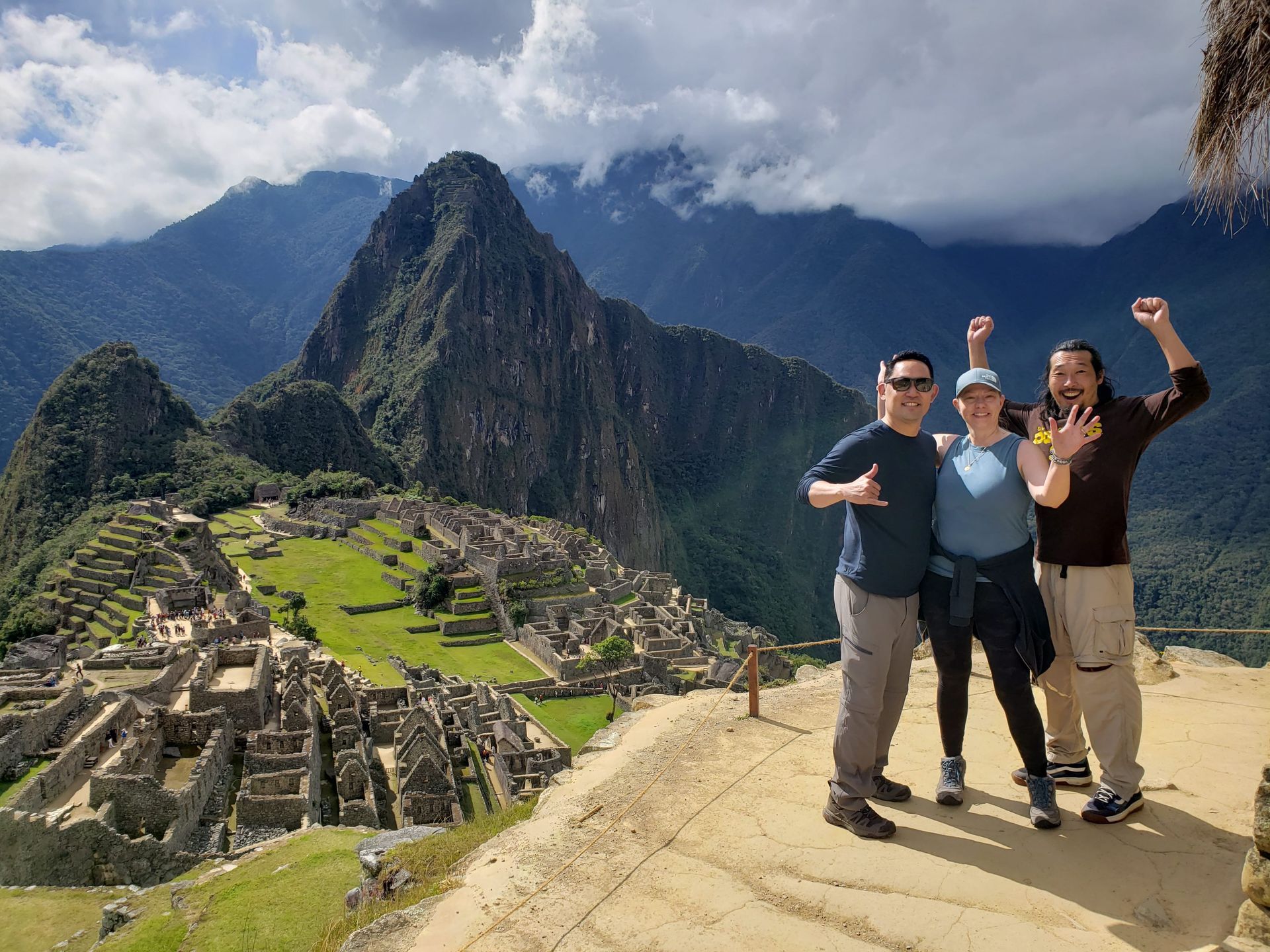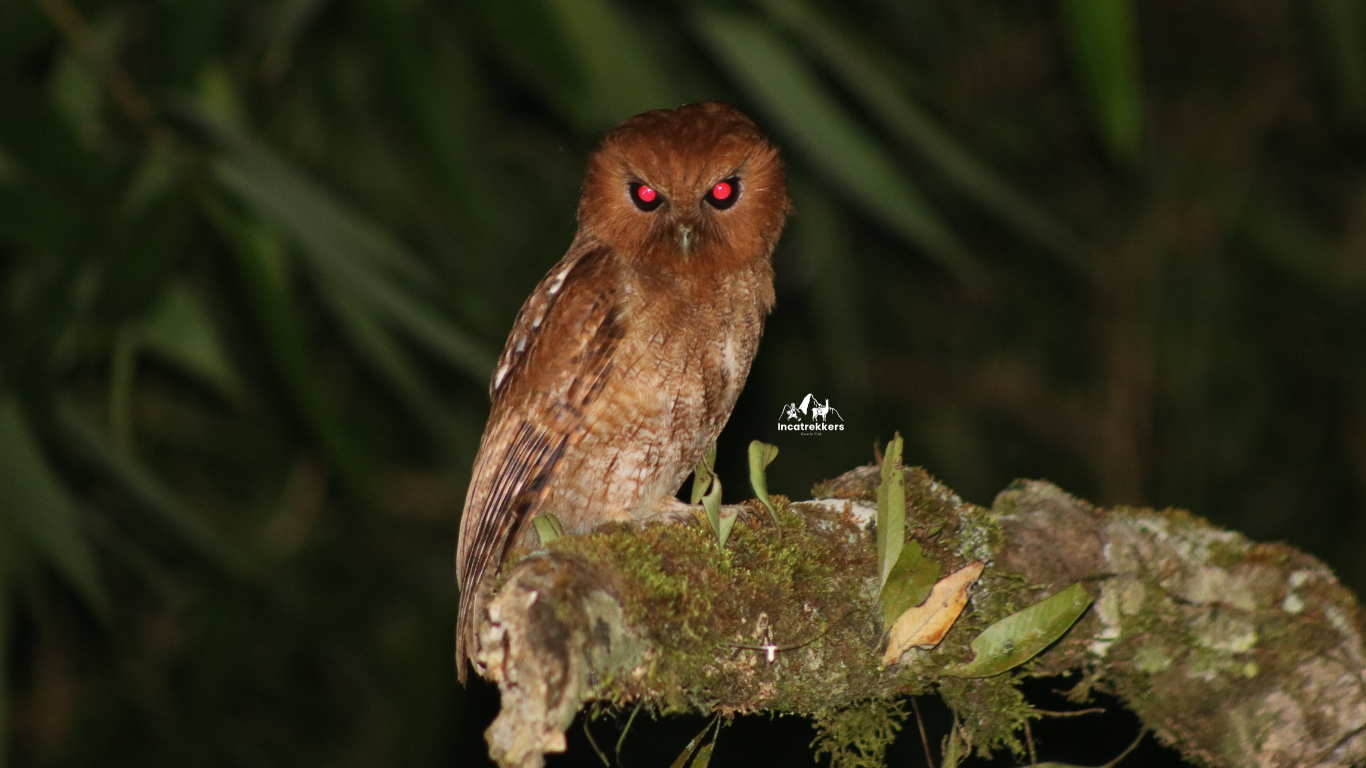The Complete Guide to Hiking the Inca Trail to Machu Picchu in 2025
Your 2025 guide to hiking the Inca Trail to Machu Picchu, with tips for travelers to Peru.
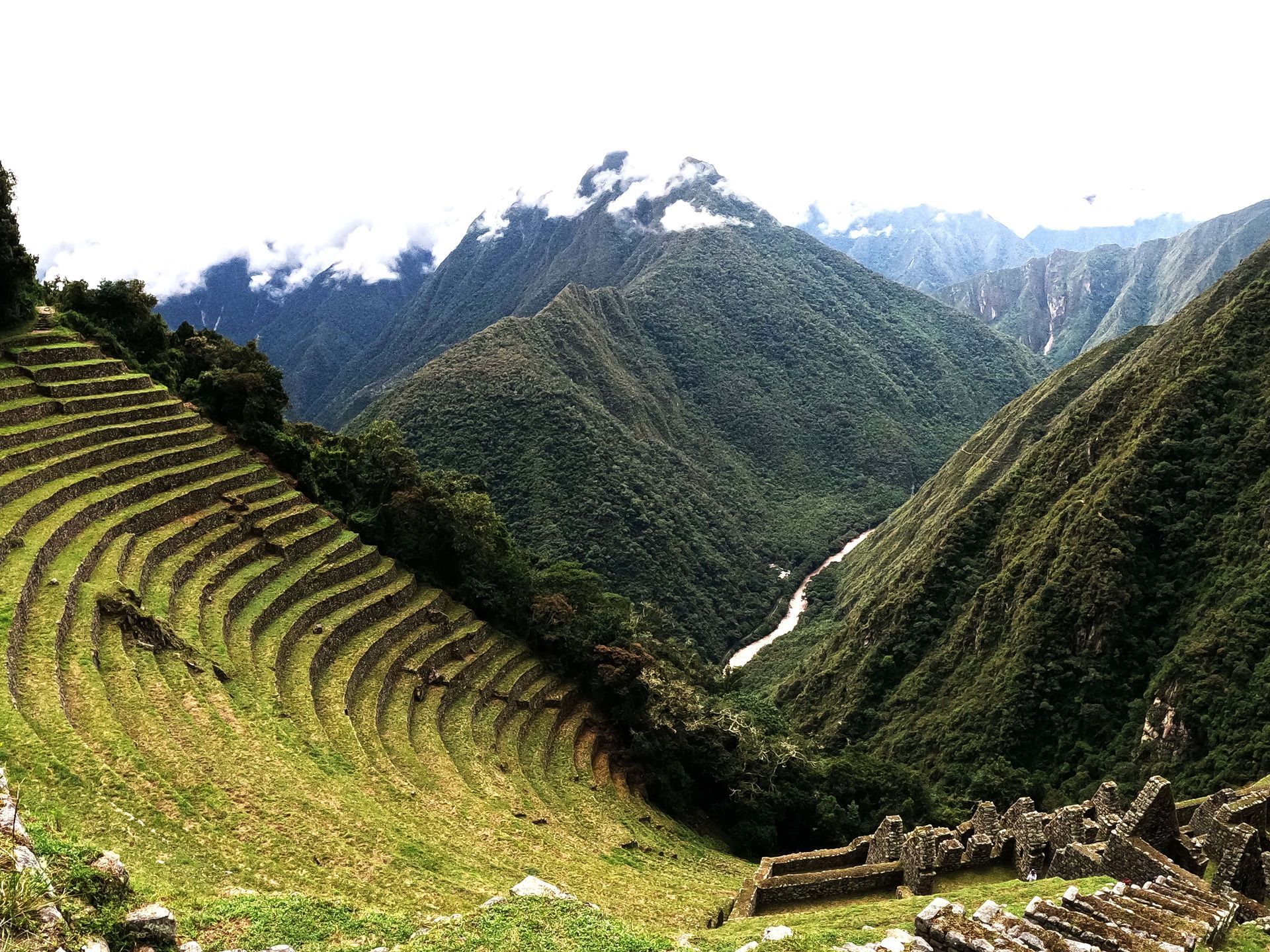
Introduction:
As the morning light came above the Andes, the fresh mountain air held the promise of adventure. Mary adjusted the straps on her bag, her heart pounding with excitement and dread. She had been dreaming about this adventure for years: the famous Inca Trail to Machu Picchu. Over the next four days, she would follow ancient stone trails, cross mist-covered peaks, and walk in the footsteps of the Incas, ending in a spectacular sunrise over the Lost City of the Incas. If you plan on walking in her footsteps in 2025, this guide will provide you with everything you need to make your journey memorable.
Why Choose the Inca Trail?
One of the most famous hikes in the world, the Inca Trail combines historical significance, cultural significance, and breathtaking views. This 43-kilometer (26.7-mile) trail, which goes through lush cloud forests, historic archeological sites, and breathtaking mountain scenery, is hiked by about 25,000 hikers annually. The Inca Trail is the only way to enter Machu Picchu's citadel by trekking straight through the Sun Gate, which is a truly incredible experience.
Key Facts and Stats for 2025
Inca Trail Permits: Are permits required to trek to Machu Picchu? This is one of the most common questions asked by hikers. Only 200 spaces are available for tourists; the remaining spots are reserved for guides, porters, and cooks. The Peruvian government has strictly limited permits to 500 persons each day in order to preserve the historic landmark for its natural and historical significance. The trail's preservation is guaranteed by its importance, but it also requires preparation; schedule your hike at least between six and nine months in advance, particularly during busy seasons like May through September. Therefore, securing a spot in advance is essential.
Best Time to Hike the Inca Trail: The best months are May through September, offering dry weather and clear views, though temperatures can drop to freezing at night. Avoid the rainy season from November to March, when trails become wet and challenging.
Inca Trail Difficulty Level: Moderate to challenging, requiring a reasonable level of fitness and acclimatization.
Acclimatization is non-negotiable: The trail reaches altitudes of 4,215 meters (13,828 feet) at Dead Woman’s Pass. Spend at least two days in Cusco (3,400 meters/11,154 feet) before starting the hike to adjust. Consider one-day trips like the city tour or the Sacred Valley during this time.
Ethical Trekking: Porters, who can carry up to 20 kg (44 pounds) of equipment, are the unsung heroes of the Inca Trail. Look at tour companies that provide these vital team members with ethical working conditions and fair salaries. Some companies go the extra mile by providing high-quality meals and rest schedules for their staff.
Sustainability on the Inca Trail: Protecting Peru’s Cultural and Natural Heritage
One of the most famous trekking routes in Peru is the Inca Trail, which combines breathtaking natural beauty with a rich cultural history. The Peruvian government has taken steps to reduce the negative effects of tourism on the environment in order to preserve it for future generations.
The annual shutdown of the Inca Trail in February is one important initiative. The trail may recover from the intense foot traffic of the busiest time of year during this month-long break, which also offers a chance to perform necessary maintenance and repair work. To maintain the trail's sustainability and safety during this time, park rangers and maintenance staff fix any damaged paths, clean up the area, and take care of any problems with the environment.
Inca Trail hikers are essential to the trail's preservation. Visitors can contribute to the preservation of this exceptional asset by following these sustainable practices:
Follow Leave No Trace Principles: To minimize environmental damage, clean all garbage, avoid picking plants, and stay on established trails.
Use Biodegradable Toiletries: Water supplies may be damaged by toothpaste, shampoos, and soaps. Pollution is reduced by using biodegradable alternatives.
Avoid Single-Use Plastics: To reduce plastic waste, bring reusable food containers, water bottles, and eco-friendly utensils.
In addition to these steps, think about supporting ethical tour companies that put sustainability first. Several companies support the communities along the trail by hiring local porters and guides, ensuring fair wages and working conditions. You can contribute to environmental conservation and the preservation of Peru's amazing natural and cultural legacy by making the decision to travel sustainably.
Planning Your Inca Trail Trip: Essential Tips for Travelers to Peru
The Inca Trail is a bucket-list adventure, and proper planning ensures a smooth journey.
Book Early
Permits for 2025 are expected to sell out months in advance. Reputable companies like INCATREKKERS handle logistics, including securing permits, so you can focus on preparation. Their experienced guides provide seamless, enriching experiences tailored to your needs.
Pack Smart
Prepare for diverse climates and challenging terrain with these essentials:
Hiking Boots: Comfortable, sturdy, and supportive for uneven paths.
Layered Clothing: Pack moisture-wicking base layers, a warm jacket, and a waterproof outer layer.
Trekking Poles: Vital for steep ascents and descents.
Sun Protection: Sunglasses, sunscreen, and a hat are must-haves.
Reusable Water Bottle: Stay hydrated while reducing plastic waste.
Additional Tips: Spend a few days in Cusco to acclimatize, train in advance to build endurance, and follow Leave No Trace principles to protect the environment.
What to Expect on the Inca Trail: A Day-by-Day Journey
The four-day Classic Inca Trail to Machu Picchu is a once-in-a-lifetime experience that combines physical difficulty, stunning scenery, and a unique connection to Inca history. This is a detailed summary of what each day will offer:
Day 1: Gentle Beginnings and Ancient Wonders
The journey starts with a rather easy walk-through beautiful valleys that provide breathtaking views of the Andes. You'll get your first look at Incan remains as you gradually climb, including Patallaqta, a location considered to have been an agricultural center. The tone for the amazing history you'll discover over the next several days is established by these old terraces and buildings, which also connect to the Inca civilization's originality. The trail offers an exciting preparation for the journey ahead as it passes through a variety of environments, from subtropical cloud forests to dry mountains.
Day 2: The Challenge of Dead Woman’s Pass
The second day of the trek is often considered the most challenging yet rewarding. The trek's high point, Dead Woman's Pass (Warmi Wañusqa), at 4,215 meters (13,828 feet) above sea level, is the highlight. Reaching the summit, which offers stunning views of the Andean peaks and valleys, is a successful moment, but the trek is challenging and demands perseverance. The next campsite is reached after a descent in a unique microclimate with lush biodiversity. This stretch is a remarkable highlight of the path because it offers an unparalleled sense of satisfaction upon accomplishment.
Day 3: Contrasting Landscapes and Wiñay Wayna
This day is a physical extravaganza, with ancient Incan sites that get more breathtaking with every step and beautiful cloud forests rich with colorful biodiversity. You will hike to Runkurakay, Sayacmarca, and Phuyupatamarka, all of which provide a more profound insight into Inca spirituality and architecture. One of the most beautiful archaeological sites along the trail is Wiñay Wayna. Its name, which translates to "Forever Young" in Quechua, captures the timeless grandeur of its terraces and ritual buildings. You are excited for the last part of the adventure when the day ends at a campsite close to Wiñay Wayna.
Day 4: The Grand Final at Machu Picchu
In order to get to the Inti Punku (Sun Gate) as the first lights of sunrise illuminate Machu Picchu, the last day starts early, frequently before daybreak. Many hikers have an emotional and awe-inspiring moment when they witness this old fortification emerge from the early mist. You will descend into Machu Picchu proper for a guided tour of its magnificently constructed temples, terraces, and streets after taking in the expansive view. The journey's highlight is touring this UNESCO World Heritage Site, which provides a deep sense of connectedness to both the natural environment and Inca culture.
A Journey of a Lifetime
The Inca Trail is more than just a hike; it's an immersive experience that combines natural beauty, cultural exploration, and physical difficulty. Every day has its own benefits, ranging from individual success to peaceful times spent in the midst of breathtaking scenery. This trek guarantees lifelong memories, regardless of whether you decide to do it for the trail's pure adventure, the rich history of the Inca Empire, or the enigma of Machu Picchu.
Choosing the Right Guide for Your Inca Trail Adventure
Hiking the Inca Trail is more than just a hike; it's an adventure through Andean history, culture, and incredible scenery. Choosing a reputable guide or trekking company is essential to guaranteeing a seamless, secure, and truly fulfilling trip.
Why a Professional Guide is Essential: A qualified guide provides more than just a hiking partner. They hold the secret to revealing the more profound stories hidden within the historic trails and ruin sites. Their knowledge guarantees both your safety and a deep comprehension of the Inca Trail's environmental and cultural significance.
Safety and Logistics: Professional guides handle the complicated details of campground setup, permits, and requirements for entry so you may concentrate on the experience. They offer comfort in remote areas because they are skilled in first aid and altitude sickness care.
Cultural and Historical Insights: Archaeological wonders like Patallaqta, Rukurakay, Sayacmarka, Phuyupatamarka, and Wiñay Wayna could be explored along the Inca Trail. You may better understand the engineering wonders and spiritual significance of these locations with the help of an experienced guide who will give you thorough explanations.
Flora and Fauna: The trail passes through a variety of environments, including alpine meadows and cloud forests. Your understanding of the environment will be improved by knowledgeable guides who can identify plants that are uncommon, like orchids, and wildlife, including spectacled bears and Andean condors.
What Sets INCATREKKERS Apart
One of the best trekking companies, INCATREKKERS, offers a fully immersed experience in addition to managing logistics. Their staff of exceptionally skilled guides specializes in combining professional knowledge with a human touch to make sure each hiker feels encouraged and supported.
Comprehensive Services: From obtaining permits to organizing nutritious meals and comfortable camping setups, INCATREKKERS takes care of all the practicalities so you can focus on the journey.
Cultural Enrichment: The guides for INCATREKKERS are passionate storytellers who provide in-depth explanations of Incan traditions, history, and culture. Every journey gain depth and significance from their ability to vividly depict the past.
Sustainability Commitment: By employing porters from neighboring communities, INCATREKKERS promotes local communities, encourages eco-friendly techniques, and guarantees fair wages and working conditions as a responsible Peru tour operator.
How to Choose the Right Trekking Company
When selecting a trekking company, consider the following factors to ensure a positive experience:
Certifications and Licensing: Confirm if the company has a license from the Peruvian government to operate on the Inca Trail.
Reputation and Reviews: Look out for reviews and ratings from prior trekkers that are consistently high.
Group Size and Customization: For a more personalized experience, choose smaller group sizes. Some companies, such as INCATREKKERS, provide customized itineraries for small groups, private groups, and families.
Commitment to Sustainability: Choose a Peru tour operator who places a high value on protecting the environment and treating employees and porters properly.
You may transform your Inca Trail adventure into an amazing journey full of inspiration, discovery, and respect for Peru's amazing legacy by choosing the proper guide and trekking company.
Conclusion
A fascinating experience that engages you in the Andes' natural splendor and the Inca civilization's lasting history, hiking the Inca Trail to Machu Picchu is more than just a physical trek. Along the way, you will not only conquer your own challenges but also develop a connection with the rich culture, history, and spirit of this historical path.
The trek delivers experiences that will stay with you long after you return home, whatever your motivations—the excitement of adventure, the enchantment of Machu Picchu's secrets, or the desire to see Peru's breathtaking landscapes. The Inca Trail is more than just a trek; it's an experience that will never be forgotten.
Are you ready to include this adventure in your story? There is a journey ahead.



